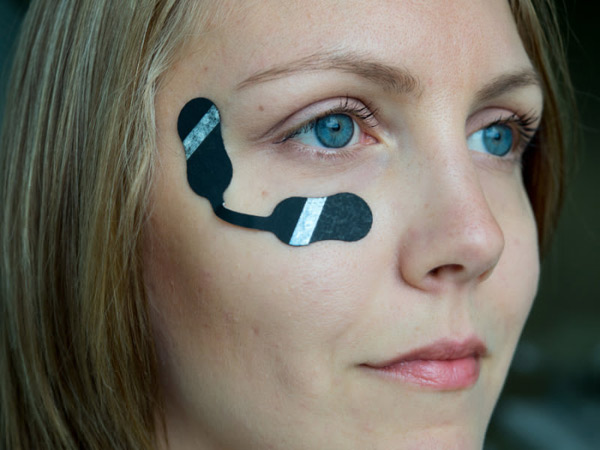
Scientists have analyzed the effectiveness of its beauty patch, using a technique for imaging live tissue to demonstrate the patch’s beneficial effects on the skin. Preliminary results show that already after two weeks usage the patch together with cosmetic serum adds collagen, which helps skin tissue to stay supple.
VTT Technical Research Centre of Finland has analysed the effectiveness of its beauty patch, using a technique for imaging live tissue to demonstrate the patch’s beneficial effects on the skin. Preliminary results show that already after two weeks usage the patch together with cosmetic serum adds collagen, which helps skin tissue to stay supple.
A VTT researcher tested the beauty patch on herself, using a unique imaging technology — developed by Finnish company Neurotar Ltd for the medical sector — to study the patch’s effects on the skin. This involves an in-vivo method based on the optical imaging of live tissue using a 2-photon microscope and the combination and analysis of measurements from several samples. The images provide surprisingly precise information on the skin and visually stunning pictures unique to this technology.
Combined with a commercial serum containing skin growth factor, use of the beauty patch — which is based on electrical energy from sugar and air — led to a 90% percent increase in collagen fibres, which help to keep the skin supple, after the two-week test. The same serum was used on a control skin area, where measurements revealed no increase in collagen fibres.
Preliminary results also show a temporary rise in skin metabolic activity due to the treatment, which then decreased back to the pre-treatment level 10-15 minutes after the removal of the patch. In addition, the sweat pores opened and the sweat ducts dilated by 52% compared to the initial situation, which also promotes absorption of skin care products. No corresponding changes were observed in the control skin area.
VTT is now seeking a partner to commercialise its beauty patch technology and with which it can expand the test group. The aim is to expand the technology’s possible applications into areas of medicine such as the skin absorption of medicines; partners are also being sought for this purpose.